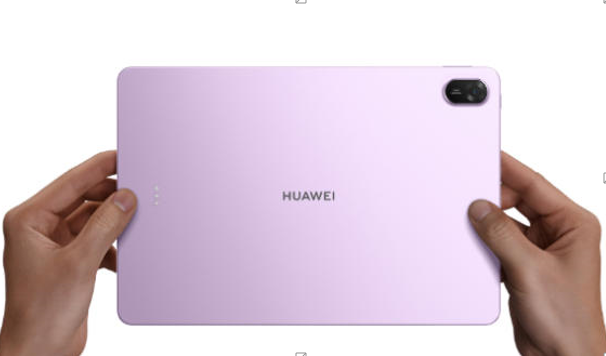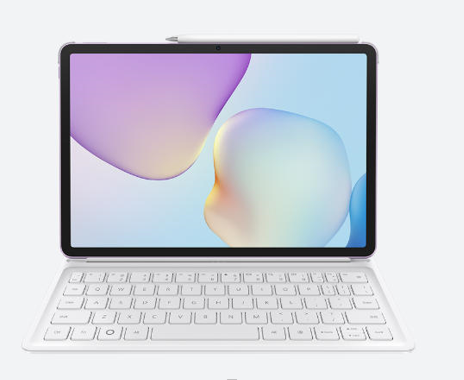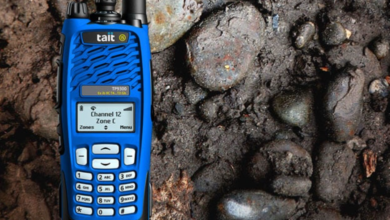What Routine Maintenance Does a Tablet Need?

Technology shapes the way we study, work, and stay connected, and tablets have become essential tools in our everyday lives. From streaming shows to attending online classes or managing work emails, tablets often handle a wide range of tasks for the average person. Just like any device that we use daily, a tablet requires regular care to stay fast, reliable, and long-lasting. Many users assume that tablets will continue to function at their best without intervention, but small issues can build up over time, leading to slow performance or unexpected failures. In this article, we will explore the essential maintenance tasks that every tablet owner should practice to keep their device in excellent condition.
Regular Software Updates
Benefits of Keeping Software Up to Date
Updating your tablet’s software may seem like a minor task, but it is one of the most important steps for maintaining smooth performance. Software updates are designed not only to add new features but also to fix security vulnerabilities and bugs that may affect daily use. For the average person, this means fewer interruptions, safer browsing, and a more reliable device overall. Updated systems often run faster because old errors are corrected, which helps prevent sudden freezing or lag when switching between apps. Furthermore, updated apps are usually optimized to work better with the latest system, reducing compatibility issues.
How to Check for Updates
Checking for updates is simple and only takes a few minutes. Start by going into your tablet’s settings, where there is usually a section dedicated to system updates. If a new version is available, the device will prompt you to download and install it, often requiring a restart to finish the process. It is best to connect your tablet to Wi-Fi and ensure the battery is charged before starting the update, as interruptions can cause problems. Some tablets allow you to schedule updates during the night, making it even more convenient. Regularly checking for updates once every few weeks ensures you are never left behind on critical improvements. Think of it as giving your device a routine health check-up that keeps everything running smoothly.

Cleaning and Physical Care
Keeping your tablet physically clean is just as important as maintaining the software. Over time, dust, fingerprints, and even small particles of food can collect on the screen, making it harder to see and touch accurately. Using a microfiber cloth with a gentle screen cleaner is the safest way to keep the display clear without scratching it. Avoid using harsh chemicals, as they may damage the protective coating. Beyond the screen, make sure the charging port and speakers remain free of dust and lint, since blockages can affect sound quality and charging efficiency. A simple habit, like storing your tablet in a protective case when not in use, can prevent accidental drops and scratches.
Managing Storage and Apps
One of the most common reasons tablets slow down is overloaded storage. Just like a cluttered room makes it hard to find things, a cluttered device has trouble running smoothly. Regularly checking how much space is available can prevent this issue. Start by deleting apps you no longer use, as they often take up significant storage. Clearing cache files and old downloads can also free up memory without affecting your important data. Many tablets also provide tools to help analyze which files are taking up the most space, making cleanup easier. Keeping storage balanced not only speeds up performance but also ensures that you always have room for new updates, photos, or important work documents. Developing the habit of cleaning up storage every month can make your tablet feel fresh and responsive for years.
See also: A Complete Guide to Intrinsically Safe Radios and Communication Technology
Battery Maintenance Tips
The battery is one of the most critical components of any tablet, and proper care can significantly extend its life. A common mistake is leaving the device plugged in constantly, which can strain the battery over time. It is better to keep the charge level between 20% and 80% whenever possible, as this range supports long-term health. Avoid exposing your tablet to extreme temperatures, such as leaving it in direct sunlight or near heaters, since heat can damage the battery cells. Another helpful habit is turning off background apps that you are not actively using, which reduces unnecessary power drain.
Conclusion
Maintaining a tablet doesn’t require technical skill—just consistent habits to keep both hardware and software in good shape. Regular updates, careful cleaning, storage management, and mindful battery care can significantly improve performance and lifespan. A simple routine—like monthly updates, weekly screen cleaning, and regular storage checks—helps your device stay reliable for study, work, and entertainment. These habits save time and money by reducing the need for repairs or early replacement. If you’re considering an upgrade, the matepad huawei 11.5 is a great option, combining powerful features with easy maintenance for seamless daily use. With proper care, your tablet can serve you well for years.





